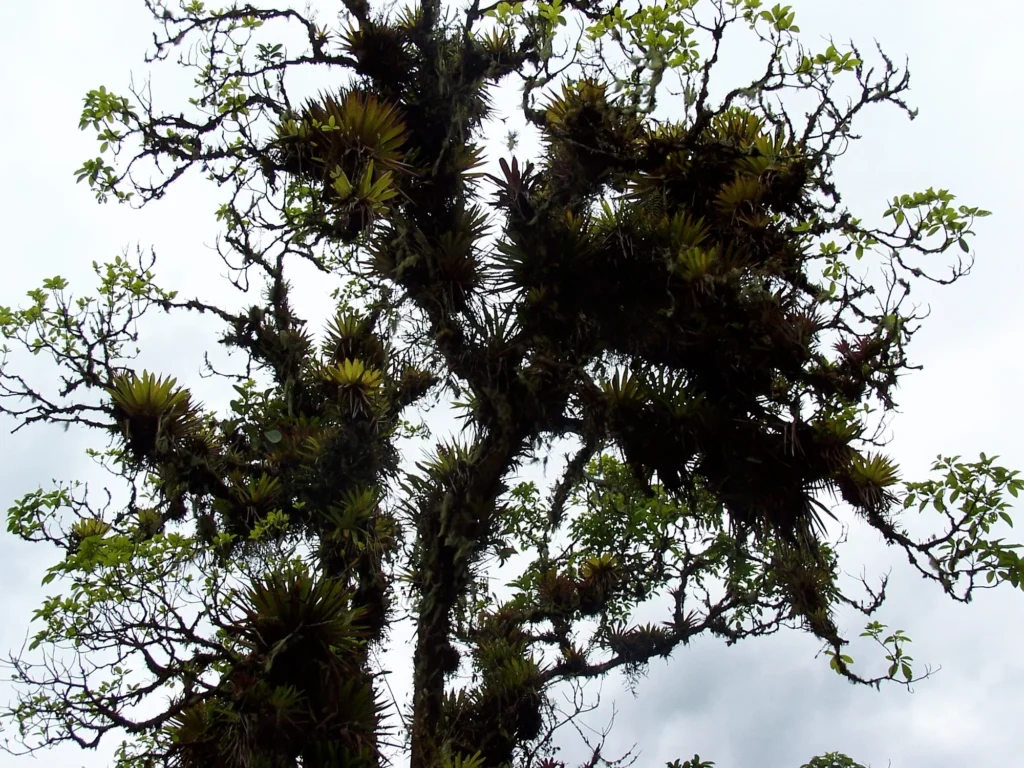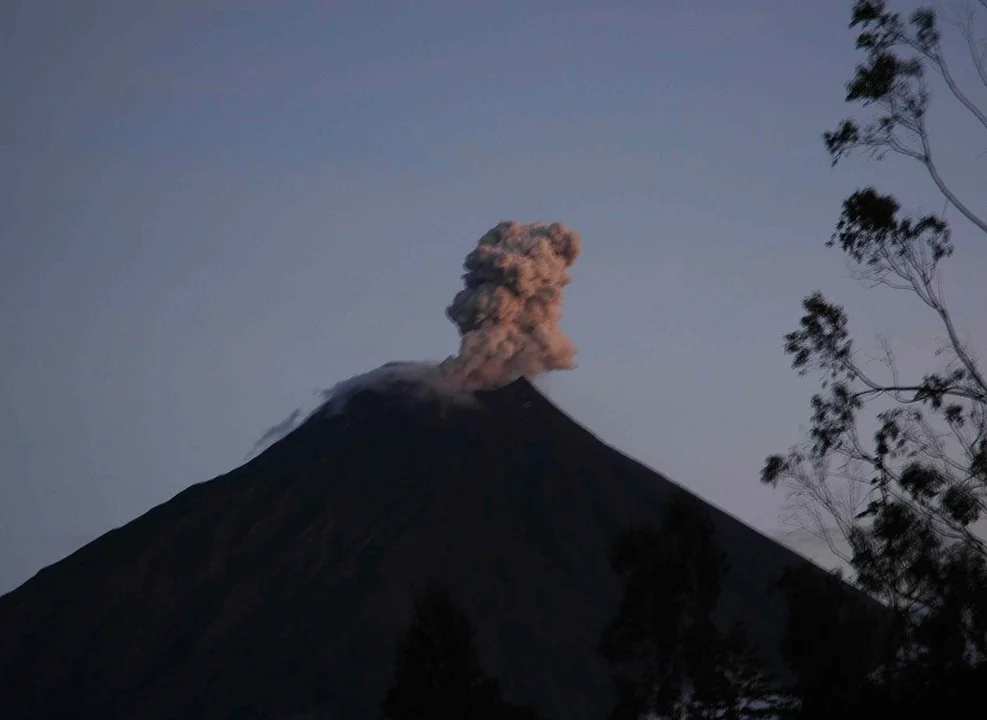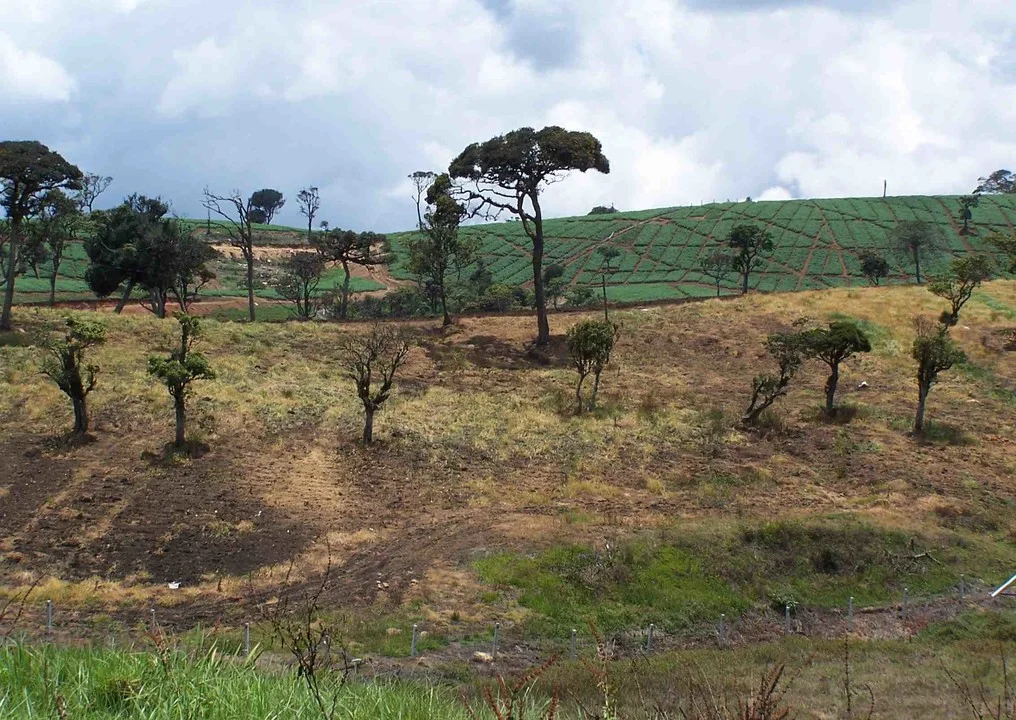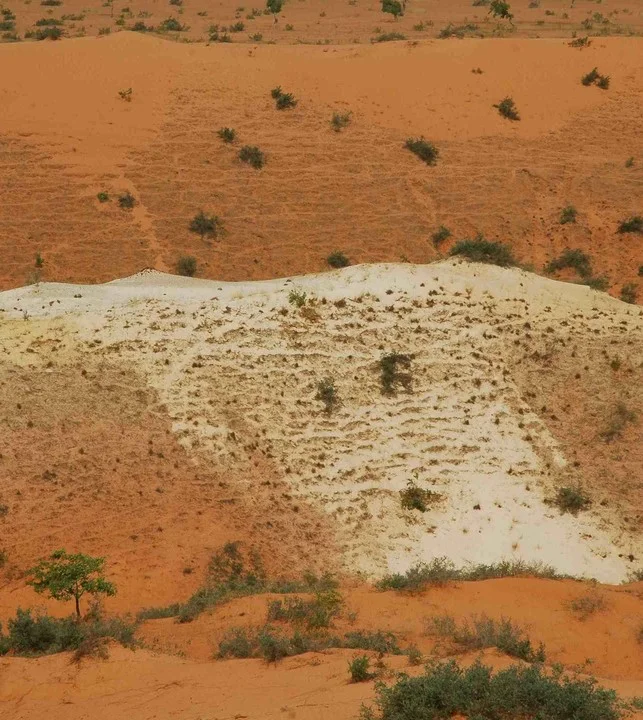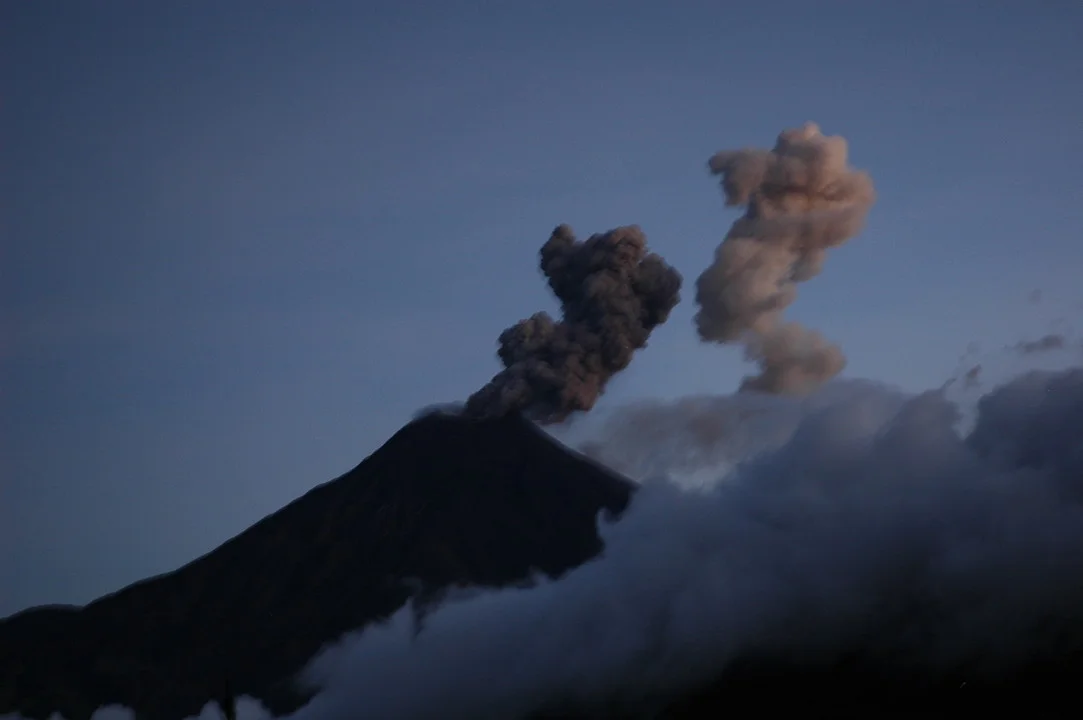In the current rush to deal with the consequences of Global Warming, much attention has been paid to the role of carbon dioxide and the control of emitting this and other greenhouse gasses into the atmosphere. The tremendous increase in carbon dioxide has been attributed to the clearing of the forests of the planet and the burning of fossil fuel such as coal, gas or petroleum. The consequence of these activities is a disruption of established weather patterns and the consequential threat to sustainability and stability.
However, the global action that has been proposed to overcome the oncoming crisis is the control of fossil fuel combustion and the deposition of the resulting carbon dioxide in long term sinks away from the atmosphere that we breathe and use. Most observers suggest that the current effort is too little, too late.
Data from ice cores, which examined previous glacial periods and carbon dioxide concentrations indicate a maximum of 280 ppm of carbon dioxide in the atmosphere. Today’s activities have pushed us far above this level and have propelled us to a concentration above 400 ppm at the end of 2016.
To make matters worse, data by NASA suggest that, although world’s oceans initially absorb most of the carbon dioxide emitted; however this is slowly equilibrated with the atmosphere over a period of 25-50 years, by which time about 60% of the absorbed gas is released into the atmosphere. This means that irrespective of what we do we are locked into an exponential increase above the current levels of 400 ppm. Thus, even If we stop all emissionsof CO2 today, we are still faced with a future where CO2 concentrations will grow at the rate of 2.5% per annum.
The consequences are disturbing, from changes in rainfall patterns that could impact farmers and food production around the globe to increasing cyclonic activity to rising sea levels. The prognosis is dire; even if we stop all emissionsof CO2 there is nothing that we can do to avoid the oncoming disaster. But is this dire future unavoidable? A series of studies that have been examining the biological basis of planetary homeostasis suggest that there is indeed something we can do about it. Our saviour may be forests that favour those humble micro organisms, the bacteria!
To appreciate this process, the nature of the planetary water cycle must be addressed. Water, is available in great quantities on the planet and it cycles from the ground to the surface, to the atmosphere. The transport of water from surface to the air is accomplished by the action of evaporation and evapo-transpiration or the release of water into the air through the activity of plants.
Water vapour is present throughout the atmosphere, it is only when the vapour begins to condense that clouds are formed. Clouds then carry out the process of condensation until rainfall occurs.
Clouds occur in many states, from the thin haze clouds precipitated by pollution and dust to the thick cumulus clouds precipitated by biochemical particles. Each type provides a certain degree of shading from solar radiation, a phenomenon termed albedo or, “the amount of incoming solar radiation reflected back into space”. The albedo of the planet determines the amount of sunlight reaching thesurface, the amount of sunlight reaching the surface in turn determines the heat of the atmosphere.
Not only do clouds act as an umbrella to a rapidly heating world they also affect the water vapour in the atmosphere that accounts for 60-80% of the natural greenhouse effect of the planet. Water vapour has been the most dominant greenhouse determinant and has probably been so over the last four billion years.
The Albedo developed by clouds differs depending on the origin of the nucleating particle. Dust, smoke and pollution cause thin clouds with low albedos, conversely biochemically nucleated clouds develop thick clouds with high albedos. These different albedos in turn, have differing effectivity (0-90%) in reflecting incident solar radiation back into space. The mean value for reflecting solar radiation back into space by cloud albedo, is about 30%. The cooling effect of this action is such that a 1-2 % increase in the albedo of the planet would be enough to reduce the effect of current CO2 levels back to early -industrial levels.
Creating a 1% cooling by albedo can help definitely stabilize the climate. Such a possibility requires us to address the nature of clouds. Clouds are formed by water vapour condensing around some microscopic nuclei, the greater contribution to cloud formation nuclei coming from aerosols of biological origin.
The first understanding of this phenomenon came from the study of Di-Methyl Sulfide (DMS). DMS comes in huge quantities from the oceans of the world and gives oceans their characteristics smell. It is produced by a variety of marine organisms from phytoplankton to coral reefs. DMS influences the global climate by producing the particles that promote cloud formation, and increases cloud albedo reflecting much of solar radiation back into space and controlling the rate of planetary heating.
The analogues to the oceanic production of cloud condensing biochemical nuclei in terrestrial ecosystems are the forests. Forests represent some 48% of all terrestrial evapotranspiration. This massive amount of water release
is accompanied by huge quantities of aerosols and stomatal cavity bacteria such as Pseudomonas and Areogenes. These bacteria and aerosols are convected into the clouds with the water vapour to act as hydroscopic nuclei that form condensation droplets. Recent studies estimate that over one billiontonnes of such organic nuclei are released into the upper atmosphere annually. The effect is easily seen by the increase of cloud cover, cloud albedo and rainfall over forested regions.
For tropical regions, the effect is significant. These studies also demonstrate a temperature difference between cleared and non-cleared regions with similar incident solar radiation to be as high as 15 degrees centigrade. As the CO2concentrations are the same in both regions the cooling effect is directly associated with the changed water and cloud dynamics.
Thus it seems that it was not only the increases in the release of CO2 at the start of the ‘industrial revolution’ that triggered the phenomenon of ‘global warming’, the impact of the massive loss of old growth forest at the beginning of industrialization has to be re-visited. As Jehne (2007) states, “It follows that the destruction of up to 80% of earth’s primary (old growth) forests by humans during industrialization could have resulted in a marked loss of the natural cooling capacity and therefore increased global warming.”
While it is true that clouds can be formed by human generated Cloud Condensation Nuclei (CCN), such as by fires or pollution; the nature and volume of CCN created by smoke and pollution does not allow for raindrop condensation and the clouds are usually rainless. To have both rain and clouds a clean atmosphere and large areas of evapotranspitative forests are required.
Beyond the activity of protecting the old growth forests, what else can be done? The activity of forestry, where the creation of environments that are analogous to the old growth, must be encouraged. The huge area currently functioning as tropical home gardens can be retrofitted to meet with modern planetary needs.
Given the ecological and biodiversity differences between plantations and natural forests, the capacity of forests to generate and release the huge quantities of cloud forming nuclei is directly related to the maturity of the forest. The older and more mature forests host vast quantities of epiphytes and can increase the release of bacterial partcles and aerosols by over 500% This means that not only should we be conserving as much of the old growth forest but also restore lost forest ecosystems by planting tree dominated ecosystems that are allowed to mature and are encouraged to redevelop the epiphytic component in their canopies!
Epiphytic communities often account for a large biomass in some environments. In forests of the Columbian Andes the epiphyte biomass was estimated at about 12 tonnes dry weight per hectare. The production of bacterial cloud forming nuclei from these formations is very high indeed.
The conservation of this unique ecosystem is dependent on two critical variables, the existence of trees and the possibility of them to mature over time. The trees provide the substrate and time allowing for ecosystem development. The current world trend of reducing old growth and closed canopy ecosystems, coupled with the growth of trees being governed by the need for short rotation plantations, moves these ecosystems rapidly towards extinction, increasing the global warming effect.
Restoration of the cloud creating potential of terrestrial ecosystems has to be seen as a critically important activity and the financial instruments designed to mitigate the effect of global warming must recognize this potential. This means designing for long maturing, multi age, and multi species systems that mimic or are analogous to the natural mature ecosystem (Senanayake and Jack 1998). The implementation of such responses has to be global across as much of the earth’s surface as possible.
The greatest resource to respond to these goals of restoration is the rural populace. It is only the day-to-day attention to new plantings in the field and an increasing knowledge on the theory and practice of restoration that will produce the healed environments of tomorrow. Consideration of the rural populace as key players in land management and earth restoration is important because it is the rural person who will often be responsible for the acts that destroy or develop the potential for controlling global warming.
While it is critical to control the emission of fossil carbon into the atmosphere and develop viable alternatives, none of the proposed mitigation approaches will effectively address global warming. This sense of urgency and even hopelessness has encouraged the lobbying for unproven and dangerous approaches in geoengineering. The current efforts by many developed country Governments to lobby the UN Intergovernmental Panel on Climate Change for activities such as deliberately polluting the stratosphere to deflect sunlight should be questioned. It may indeed make better sense to restore and reinforce the systems of nature, than to design a new system for nature ; and given the huge amount of resources available, invest it with the rural sector of the tropics to provide an increase in planetary cooling and albedo !

